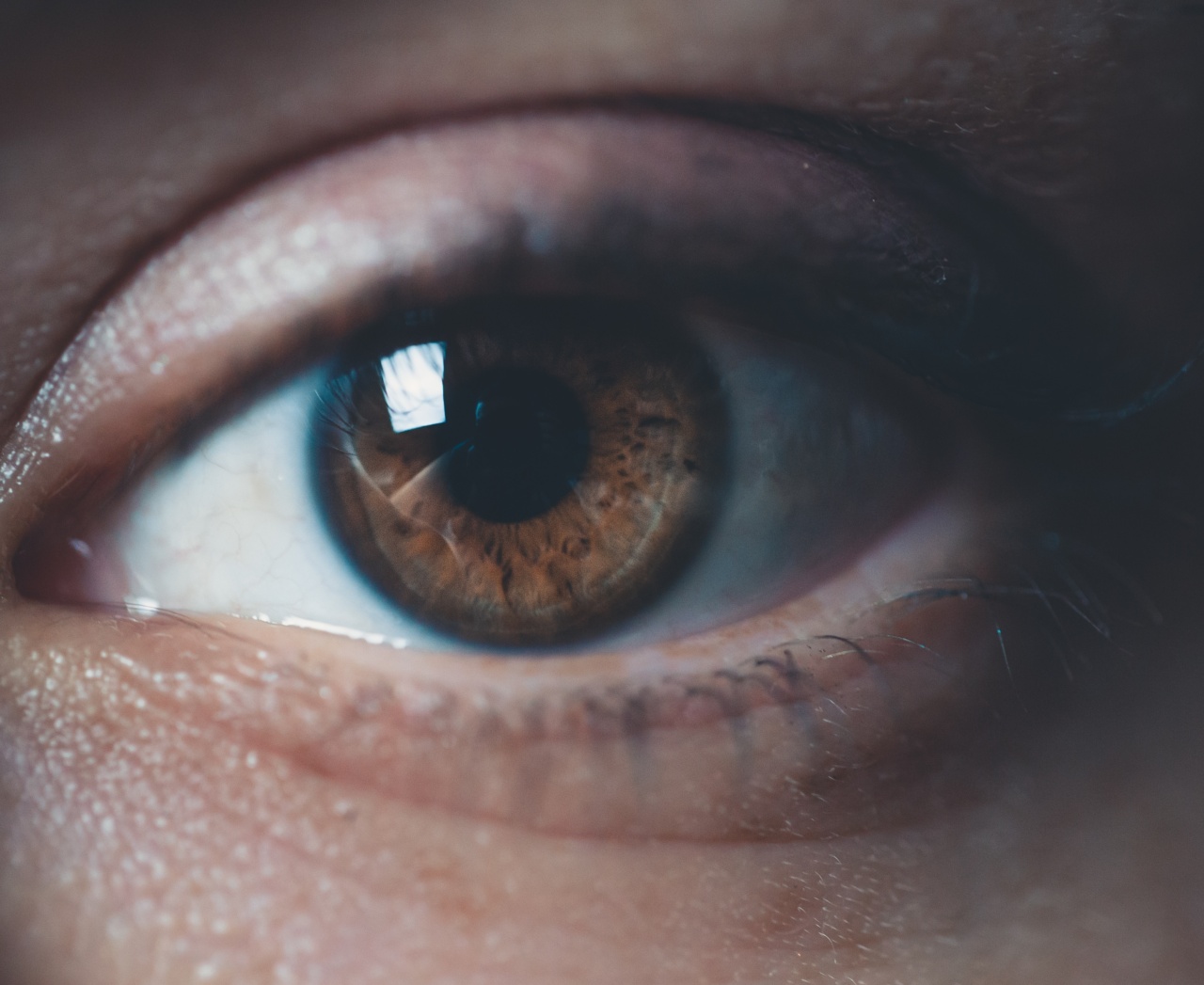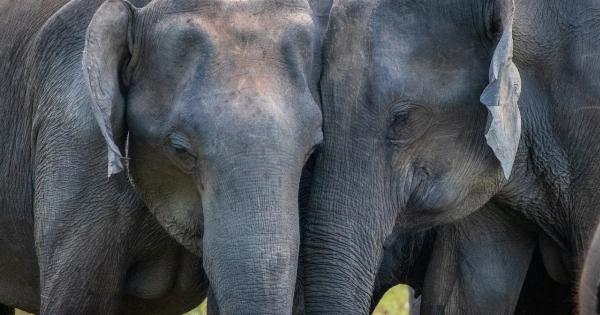Radial hyperkeratosis is a skin condition characterized by thickening and scaling of the skin in a circular pattern. The condition is often seen on the sun-exposed areas such as hands, arms, and face.
While the condition itself is not harmful, studies have shown that it can be a potential precursor to skin cancer.
Symptoms of Radial Hyperkeratosis
The symptoms of radial hyperkeratosis are typically limited to the skin. The skin becomes thickened, with a rough, scaly texture. The scaling is typically seen in a circular pattern, hence the name. The skin may also become reddened and itchy.
The condition can be mild or severe, and it can affect one or more areas of the body. It is not contagious.
Causes of Radial Hyperkeratosis
The exact cause of radial hyperkeratosis is unknown, but it is believed to be linked to exposure to ultraviolet (UV) radiation from the sun. UV radiation damages the skin, leading to thickening and scaling.
Other factors that may contribute to the development of radial hyperkeratosis include aging, dry skin, and genetics.
Treatment of Radial Hyperkeratosis
Treatment for radial hyperkeratosis typically involves moisturizing the affected area with lotion or cream. Sunscreen should also be used to protect the skin from further damage.
In some cases, topical medications such as corticosteroids may be prescribed to reduce inflammation and itching. In severe cases, cryotherapy (freezing the affected skin) or surgical removal may be necessary.
Radial Hyperkeratosis and Cancer
While radial hyperkeratosis itself is not cancerous, studies have shown that it can be a precursor to skin cancer. The thickened, scaly skin of radial hyperkeratosis is a sign of skin damage, which increases the risk of developing skin cancer.
In particular, those with radial hyperkeratosis should be vigilant for signs of squamous cell carcinoma, a type of skin cancer that can develop from the condition. These signs include a firm, red bump that may bleed, a scaly patch that may crust or bleed, or an open sore that does not heal.
Prevention of Radial Hyperkeratosis and Skin Cancer
Preventing radial hyperkeratosis and skin cancer involves minimizing exposure to UV radiation from the sun. This can be achieved through the following measures:.
- Wearing protective clothing, such as long-sleeved shirts and hats
- Using sunscreen with an SPF of at least 30, and reapplying every 2 hours
- Avoiding sun exposure during peak hours (10 AM-4 PM)
- Avoiding tanning beds
Conclusion
Radial hyperkeratosis is a skin condition characterized by thickening and scaling of the skin in a circular pattern. While the condition itself is not harmful, it is a potential precursor to skin cancer.
Those with radial hyperkeratosis should be vigilant for signs of squamous cell carcinoma, and take steps to minimize their exposure to UV radiation from the sun. With proper care, the risk of skin cancer can be reduced.



























